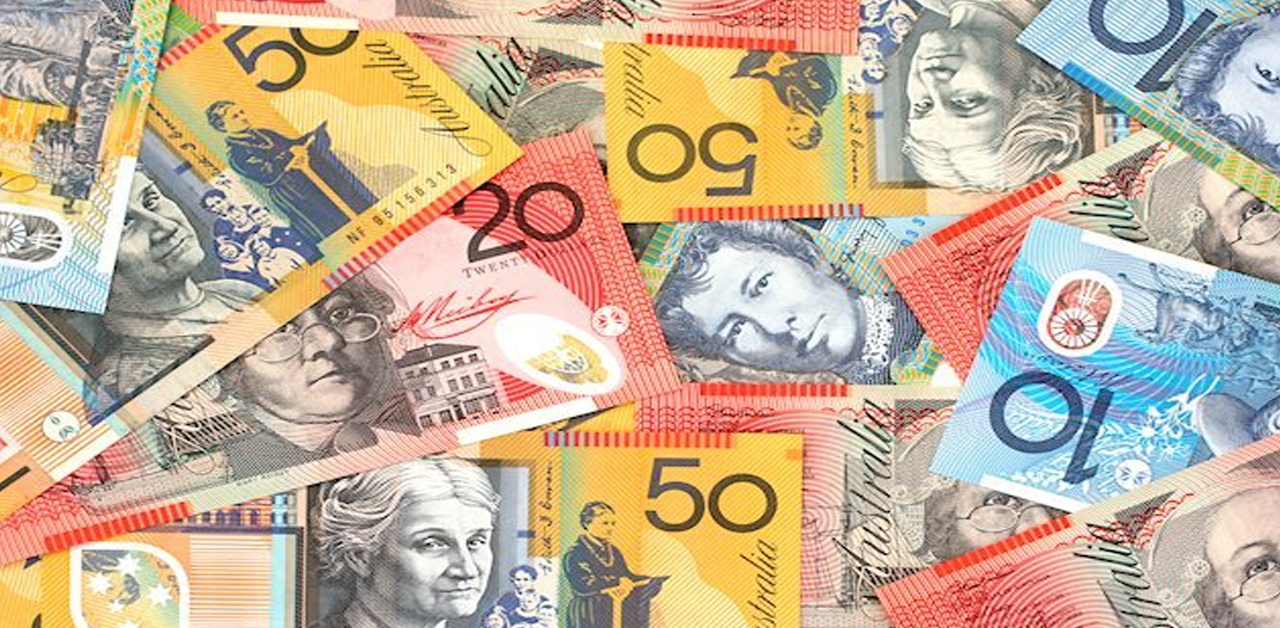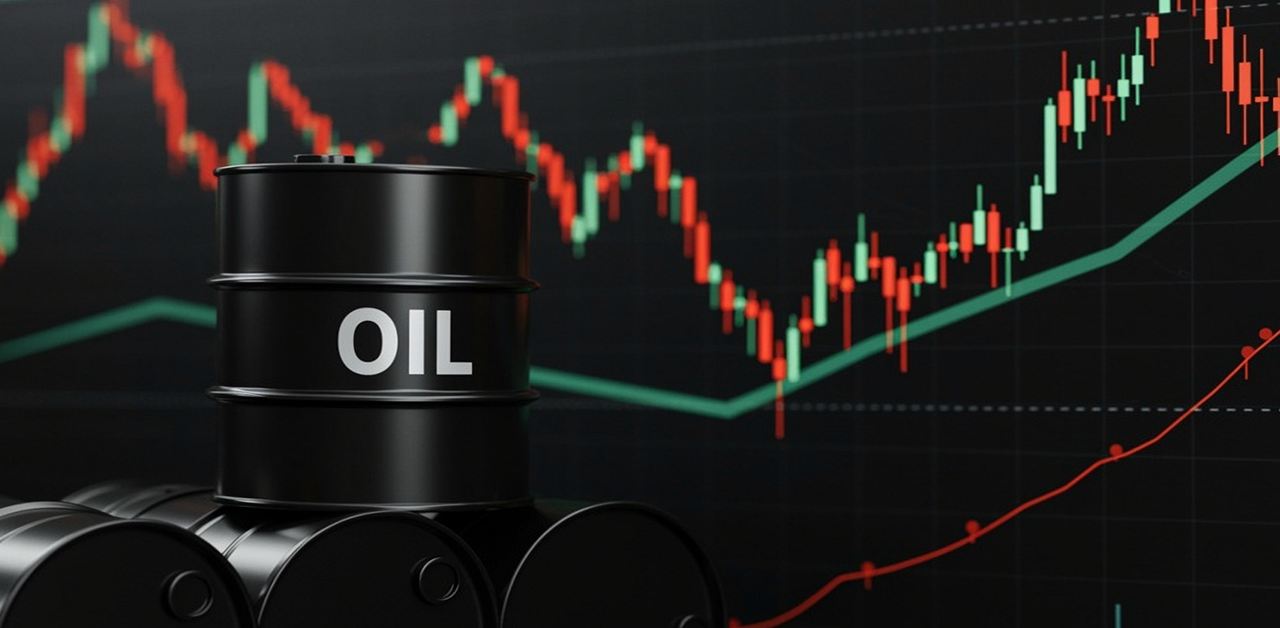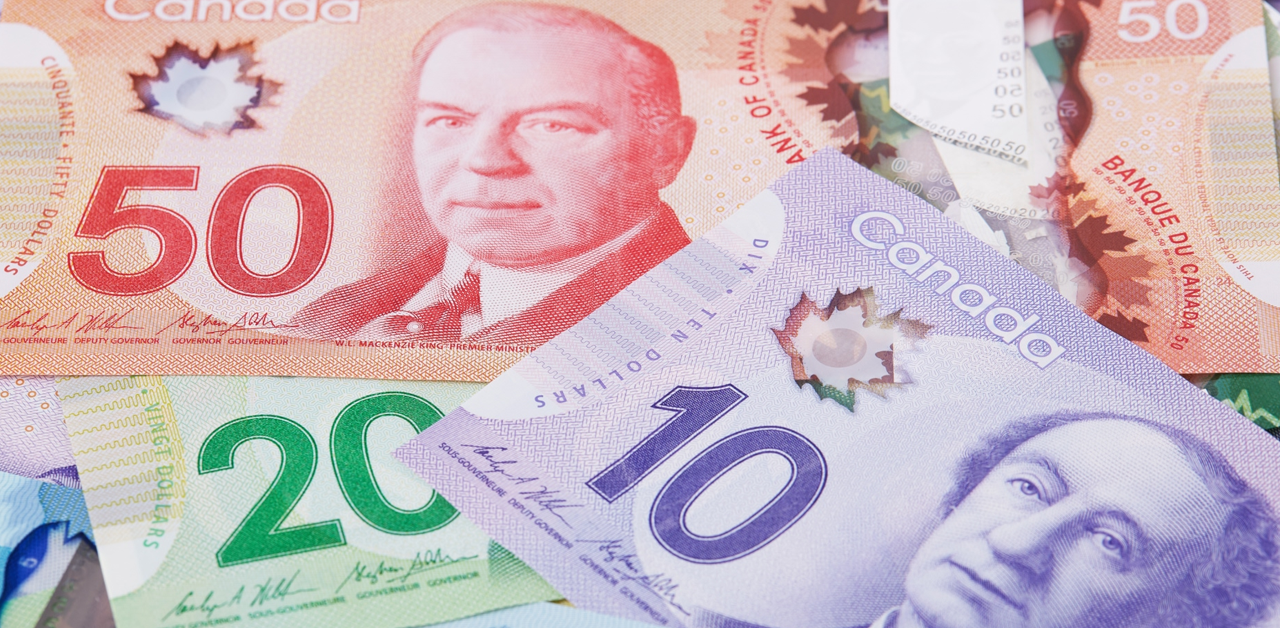Understanding the relation between Interest rates and Forex Market
The swapping scale between two monetary forms is dictated by the connection of a few factors. A few factors have more impact on the assurance of money rates than the others. One such factor is the loan fee.
As a rule, changes in the financing cost make colossal vacillations in the worth, everything being equal. Truth be told all significant money emergencies have perpetually been gone before by a significant change in the loan costs. Likewise, there are a few monetary standards like the Eurodollar pair that are consistently delicate to loan fee changes. In this article, we will comprehend why loan cost changes impact the Forex market so much.
Financial backers Follow Highest Return
Capital inflows into and out of any nation affect the swapping scale of specific money. Since the time globalization has occurred, assuming the financial basics of any nation are sufficient, unfamiliar capital flawlessly streams into that nation, regardless of whether the strategies are marginally prohibitive. The blossoming capital inflows into China and India can be viewed as a valid example. Additionally, financial backers like to reinvest the profits from that capital in a similar nation, further forestalling money surge and reinforcing the cash esteem, therefore.
The loan fee that is embraced by the Central bank of a nation gigantically affects the measure of capital that streams into the country. Since unfamiliar capital should be traded to nearby money before it very well may be contributed, a colossal inflow encourages a tremendous interest for the neighborhood cash and winds up raising its costs.
Organizations Want to Pay Lowest Cost
The flipside of having exorbitant financing costs is the way that organizations think that it is hard to get at that rate and still lead beneficial activities. The rate which the Central Bank decides turns into the base rate for the economy.
All organizations and people subsequently need to pay a rate that is higher than the base rate. In the event that the pace of return created by the business is sufficiently high to take care of the rising revenue expenses and still produce benefits, organizations will keep on acquiring. In case that isn’t the situation, the financial backer finances stopped in banks will have no takers and consequently, the loan costs should fall. This will prompt capital surges as financial backers will search for better roads to stop their assets. The expanding supply of the neighborhood cash with practically no related request will cause the Forex rates to fall further.
In this way, increasing loan costs wind up being counterproductive after a specific level has been reached.
Direct Correlation Between Interest and Forex Rates
From the above focuses it is obvious that there is an immediate connection between the loan fees pervasive in a given economy just as the money worth of that economy. Consequently assuming the Chinese government raises the financing cost, the worth of the Yuan is probably going to see an appreciation. This is on the grounds that financial backers from everywhere in the world will hurry to stop their assets in Chinese banks, encouraging a tremendous interest for Yuan all the while.
Nonetheless, the exorbitant loan fees just drive the money esteem higher in a limited way. Past this point, organizations begin thinking that it is unviable to raise assets at such significant expenses.
The genuine test is to appraise where exorbitant loan fees quit drawing in unfamiliar financial backers and begin debilitating nearby organizations.
Genuine and Nominal Rates
In the above focuses, we examined ostensible loan fees. Nonetheless, in actuality, it is the genuine loan cost that moves markets and causes variances in cash rates and not the ostensible rate. Suppose that a nation has raised its financing cost to 10%. In any case, there is a 9% expansion in the country. The genuine loan fee would then just be 1% and the nation would not encounter an appreciation in its money notwithstanding the way that it has an exorbitant financing cost.
Genuine financing costs are not distributed and nor are there precise numbers accessible. Financial backers need to gauge the genuine loan fee. Be that as it may, the market does a very great job at this. The experimental record is perfectly clear. Nations that have had high genuine loan costs in the past have drawn in high ventures and hence have seen appreciation in the worth of their money.
In any case, an exorbitant loan fee climate can’t be falsely made except if there are sufficient borrowers in the economy who can beneficially convey this cash acquired at significant expenses for useful purposes and create a considerably better yield!
Future Expectations and Not Just Current Rate
Something else that should be remembered is the way that markets additionally consider future prospects when they set costs. In this way, the money rates that are pervasive in the Forex market not just mirror the loan cost climate that is available in the country out of the blue, yet in addition mirror the chance of financing cost changes later on.
For example, in case there is plausible that the Fed may cut financing costs, later on, then, at that point, no doubt the money-related worth of this chance is as of now evaluated into the dollar.
The cooperation between financing costs and trade rates is intricate and can prompt a few results. Notwithstanding, the improved form suggests an immediate relationship until a roof is reached and past that tipping point, an ascent makes an adverse consequence.











